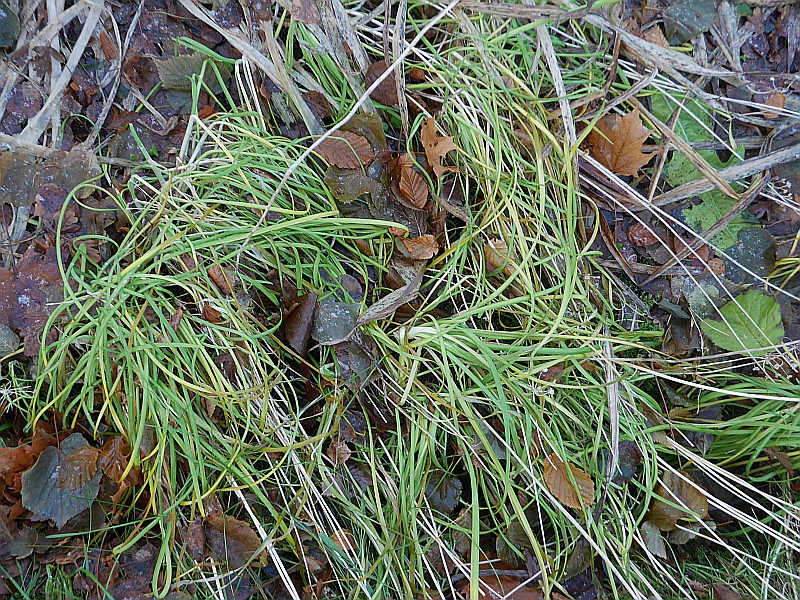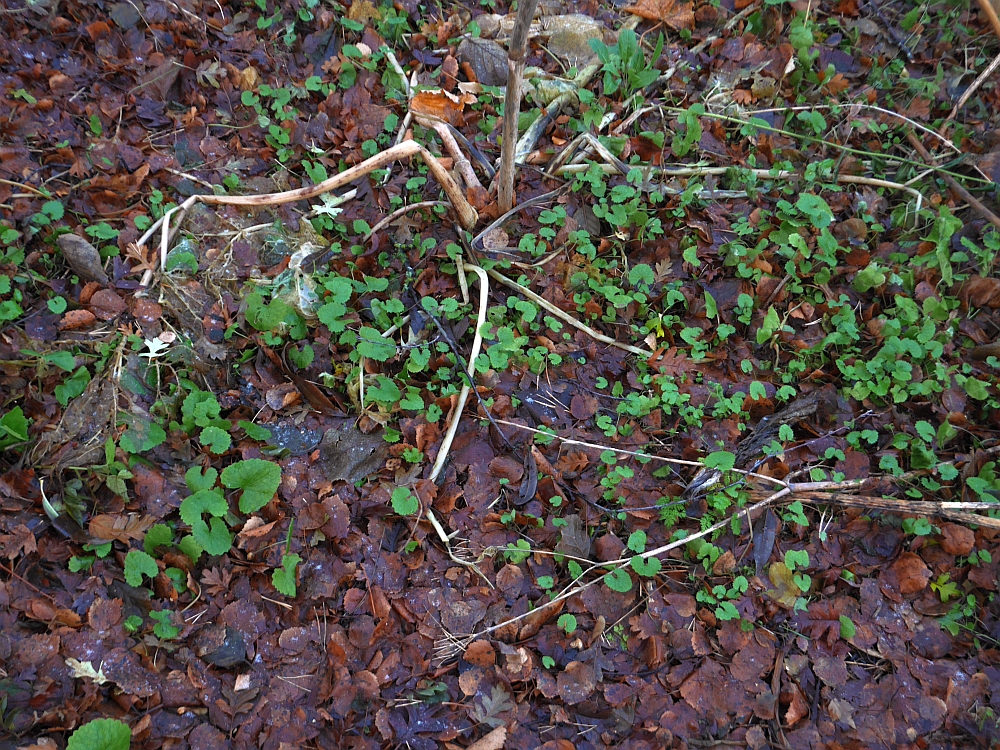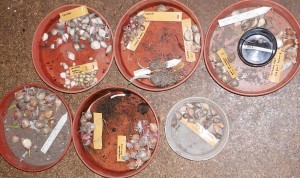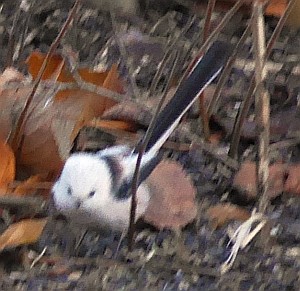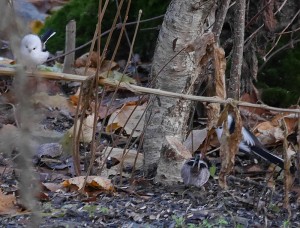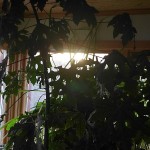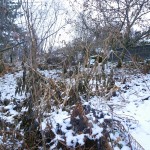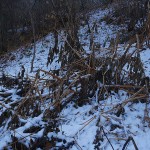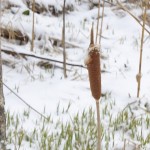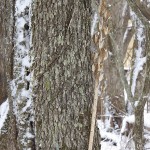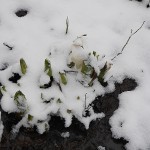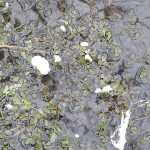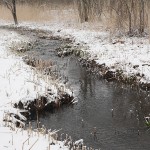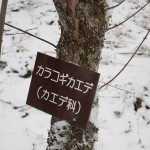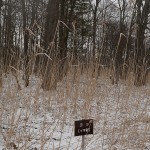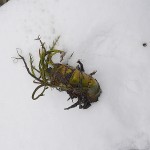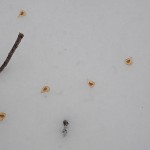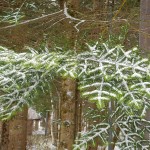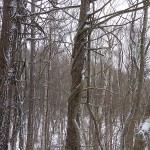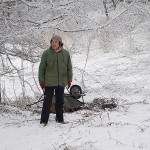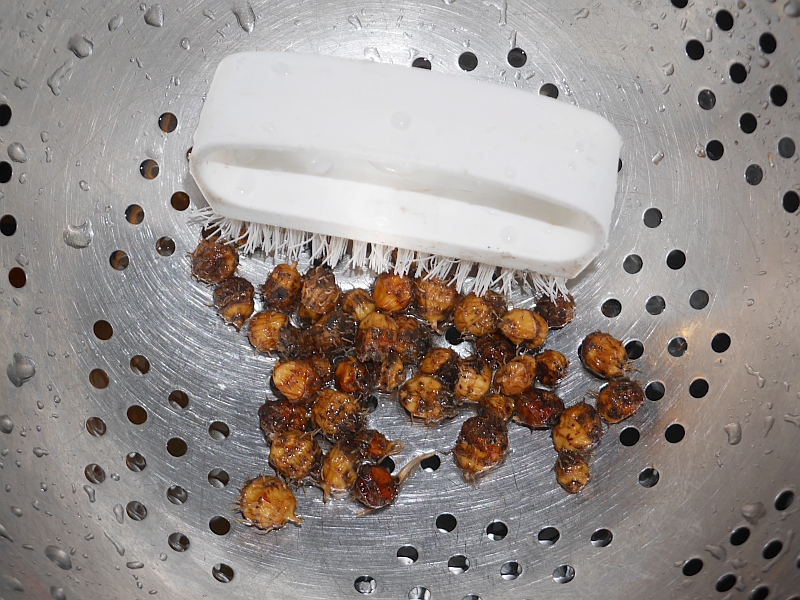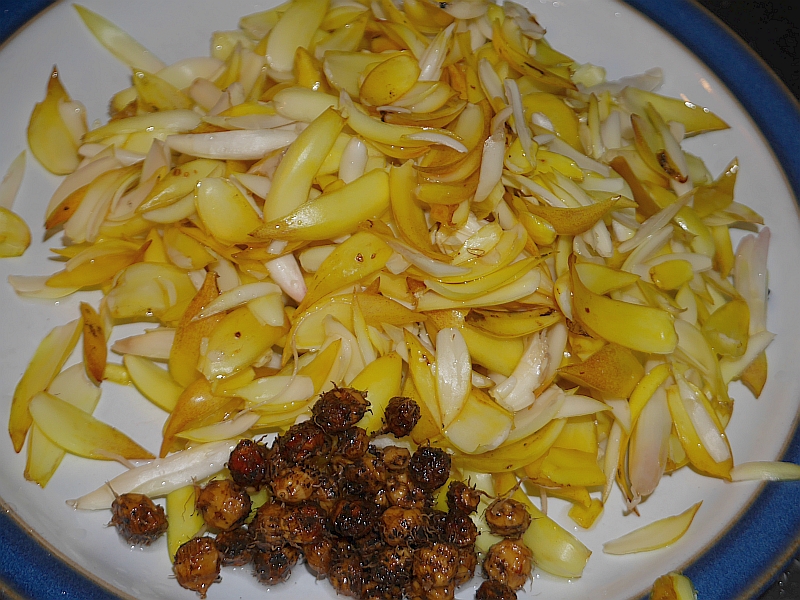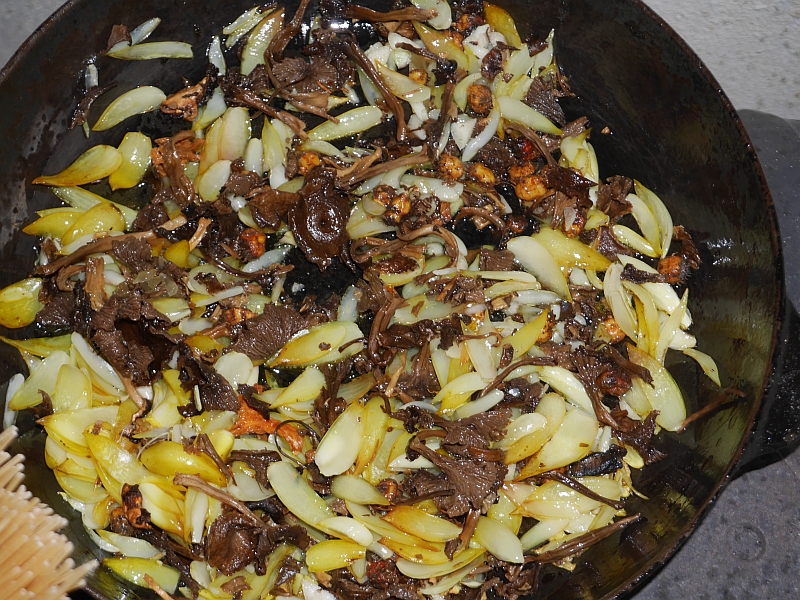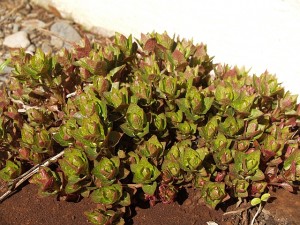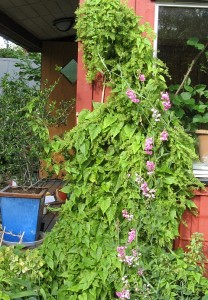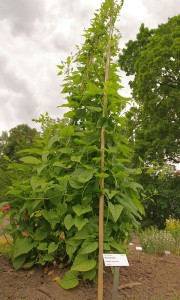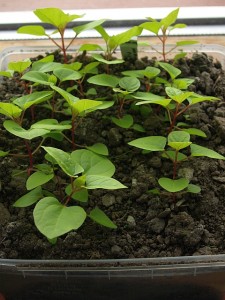All posts by Stephen Barstow
Planting Garlic
Long-tailed tits
A two minute day!
It was a false alarm when I wrote last week that the sun had set and wouldn’t rise again until mid-January. From my desk in the living room I noticed a bright light through my indoor forest garden…the sun rose and set again in the course of 2 minutes… :)
Winter Udo
My Udo (Aralia cordata) has crushed two blackcurrant bushes….
Swifts do stay aloft for 10 months!
Proof that swifts (tårnseiler) can stay in the air without landing for 10 months at a time has been announced and they can live for 20 years which means a single bird can fly 4 million miles in its lifetime! Astonishing! Below the link, a short video of birds divebombing my house responding to me playing swift calls to attract them to my nestbox!
https://www.newscientist.com/article/2110650-swifts-break-record-by-staying-aloft-for-10-months-at-a-time/
Ken’s field and nature reserve in Sugadaira, Japan
In early April 2016, on my study tour to Japan, I was invited to the mountain home of Ken Takewaki (and Masama) for a short visit. I wrote about Ken’s home and the shock of waking to new snow after 20C the day before in the lowlands back in April (see http://www.edimentals.com/blog/?p=6357)! Despite the snow, Ken took us on a trip around the local area (Sugadaira in Nagano) and we had a walk around a local wetland nature reserve, before Ken took us on a long walk up through the forest where he had recently taken over a piece of land in a clearing to grow vegetables. All the signs were in Japanese, so I don’t know the names of many of the plants we saw, but here’s the pictures:
Lily-chufa-parsley stir fry
Tonight’s dinner was a lily – chufa – parsley stir-fry (chinese style) with buckwheat noodles…
Lily = bulbs of Lilium martagon (Martagon lily), an important forest garden source of carbohydrate, liking the shady conditions of deciduous woodlands
Chufa – the delicious tubers of the grass Cyperus esculentus
Nutritional analysis of Hablitzia
My article “Caucasian spinach: the unknown woodlander” was published by Permaculture Magazine 9 years ago in 2007 (see http://www.edimentals.com/blog/?page_id=1984 and also my book Around the World in 80 plants). In the meantime this vegetable has become a popular perennial vegetable and forest garden plant grown by thousands around the world, and is perhaps the first new vegetable to become popular thanks to social media and the permaculture movement! At last the results of a project to analyse the nutrient content of this plant have been announced on our Friends of Hablitzia FB group by Leena Nurmi who carried out the work for her masters thesis in Finland! And the news is very good, confirming that Hablitzia (Caucasian Spinach) is not only a fantastic productive perennial vegetable but also is superior to spinach and New Zealand spinach nutritionally and for those who worry about oxalic acid and nitrates, both are within accepted limits!!
Time for a celebration ![]()
She writes: “Hello Stephen and other Hablitzia friends! Greetings from Finland. I have done my master’s thesis about Hablitzia “Hablitzia tamnoides – a new but old leafy vegetable of early summer: cold stratification of seeds and nutritional value of leaves”. Now I am writing a scientific article about the nutritional value of Hablitzia. Caucasian spinach contains particularly plenty of carotenoids, folates, calcium, magnesium, phosphorus and zinc. Also many other nutritions were larger in Hablitzia than in spinach and New Zealand spianch. In my study the oxalic acid, nitrate, cadmium and lead contents did not outweigh the permissible threshold values. The seeds of Hablitzia need to be stratified either in a cold room or outside during winter in order to germinate. The highest germination rate was 52 %, recorded from the Tampere population stratified at +5 ºC in a cold room. The seeds of Tampere population were picked up in February and sown for stratification in the middle of March. In Finland Hablitzia grows even in Oulu, but wetness of soil kills the plant very easily.”
Around the World in 80 plants at TWO!!
 Happy Birthday ATW!! It’s difficult to believe that my book is already two years old!! It’s been an amazing couple of years for me since the book launch and thanksgiving party in Oslo!
Happy Birthday ATW!! It’s difficult to believe that my book is already two years old!! It’s been an amazing couple of years for me since the book launch and thanksgiving party in Oslo!
It’s literally taken me Around the World in 79 events (talks, courses, Around the Garden tours etc.). This year has taken me to Japan, I’ve visited and given courses and talks at some famous gardens in the UK from Wardington Manor to Prince Charles’ Highgrove and I had a memorable tour of eastern Scotland (Edinburgh Botanics, Teeny Weeny Farm, Aberdeen and Findhorn)! I visited 3 botanical gardens in Norway, but the 400 people that turned up for my guided tour of the botanical gardens in Trondheim (1 in 5 bought the book!) surprised us all and was a real highlight :) Wherever I’ve been I’ve met amazing folk who are making a real difference in their communities and I’m thankful to have many new friends around the world! Thanks to everyone who has helped along the way <3. I don’t plan to “retire” from plants just yet, so I will hopefully meet many more of you next year…and there are already many events planned for next year, from Canada, England, a tour with Arche Noah in Austria, the great Gothenberg botanical gardens and the wonderful Danish island Bornholm. I’ll also be teaching on a PDC in Trondheim and will be a talking at a film festival! Watch this space!
Please send your ATW Selfie if you’d like to be added to the ATW wall of fame ;) http://www.edimentals.com/blog/?p=466
I’ve collected all the reviews here:
http://www.edimentals.com/blog/?page_id=271
Oh, and Xmas is coming up ;) (advertisement over….)

